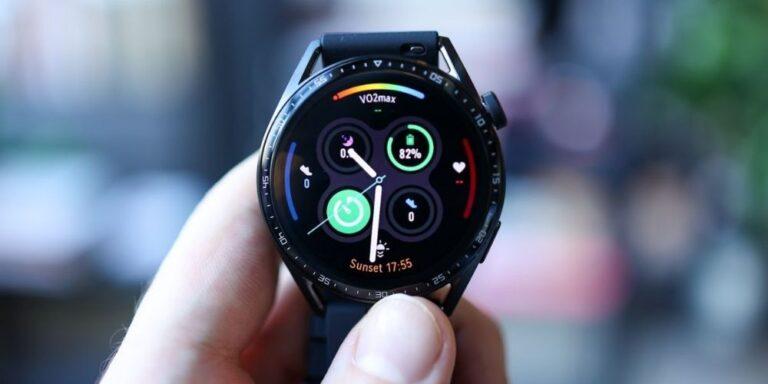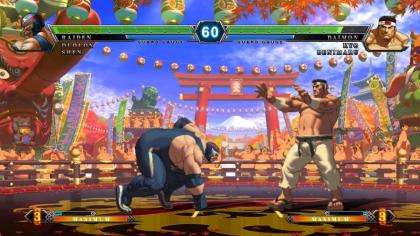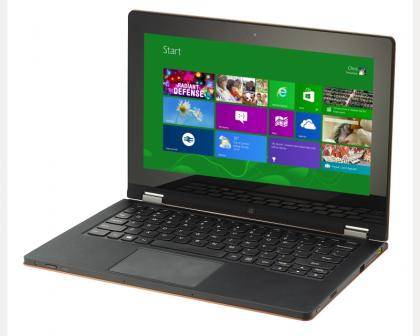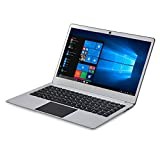Nikon D750 Nikon D750 review: Better to wait for the D760?
Since the D750 was first launched in 2014, it's come down in price from £1,800 for the body only to £1,459 with a 24-120mm lens . That's a great price for a full-frame DSLR but, now it's getting a bit long in the tooth, it could be worth waiting around to for its successor to launch.
The Nikon D760 is an entry-level DSLR rumoured to be launching at the start of next year and it would likely offer a number of significant improvements over the D750. In particular, it might offer more autofocus points and superior video quality. It could also have a similar sensor to the excellent mirrorless full-frame Nikon Z6, which would mean much better performance at higher ISO levels.
Enough speculation, however. If you can't wait, the Nikon D750 is still a great option but if you can hold out for its successor, it might be worth the wait.
Original review continues below:
Full-frame SLRs have become a lot more affordable in the last couple of years, with the Nikon D610 and Canon EOS 6D currently available for around £1,200 and £1,600 respectively (body only). They're both excellent cameras, but inevitably there are a few restrictions and compromises compared to pricier models in their respective ranges. For us, the most significant drawback is that their autofocus sensors cover a relatively small area in the centre of the frame, which makes it awkward to focus on subjects towards the edges.
This leaves potential buyers with a difficult decision: live with these limitations, spend £1,000 more on the next model up in the range, or accept that a cropped-sensor SLR might be a better option.
The Nikon D750 might just be the camera to remove some of this anguish. It's a blend of the D610 and the pricier D810, and although it's closer in price to the D610, its distinguishing features are much closer to the D810.
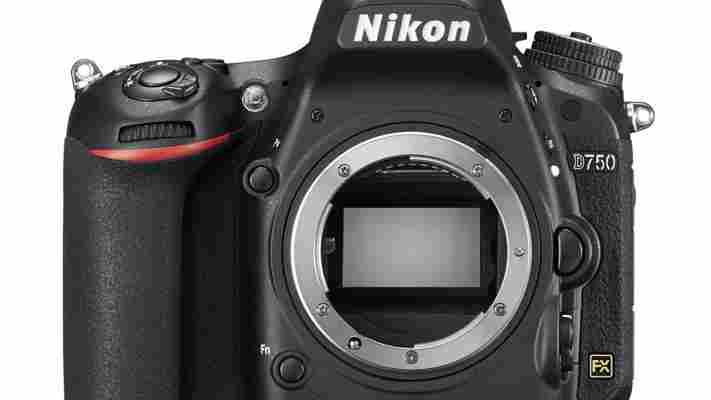
The big news is that it includes a 51-point autofocus sensor, with more points that cover a larger expanse of the frame compared to the D610's 39-point sensor. The difference isn't huge, though. Somewhat perversely, the autofocus sensors in cropped-sensor cameras such as the Nikon D7100 cover a significantly larger area of the frame, although of course they have a smaller area to cover. The D750's autofocus sensor is the same as the D810's, except that Nikon claims that it's even more sensitive in low light. We didn't have the two cameras to compare side-by-side, but the D750's autofocus performed exceptionally well in low light, which is something we haven't always been able to say about Nikon SLRs. It was startlingly fast in brighter conditions too, helping to deliver a record-breaking shot-to-shot time of 0.2 seconds in Single drive mode.
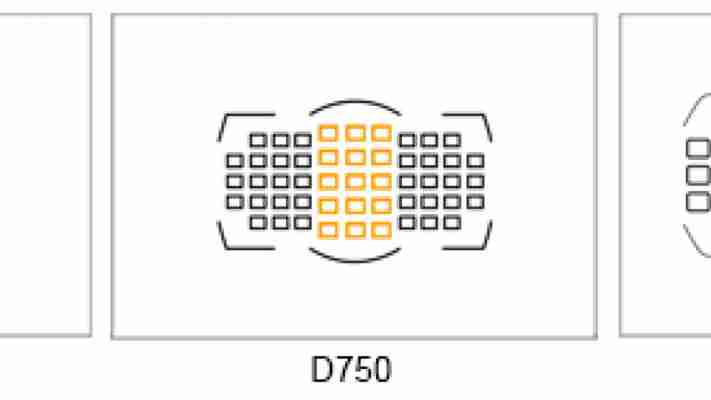
^ The D610's autofocus points feel a bit lost in the middle of the frame, so the D750's larger array is extremely welcome. It's still not as big as the D7100's – relative to the frame at least.
The D750 also uses the 91,000-pixel metering sensor from the D810, which is a significant step up from the D610's 2,016-pixel sensor. This allows it to metre much more accurately for highlights and shadows, and even allows the camera to employ face detection when using the viewfinder – something most SLRs can only offer in live view mode. Impressively, this continued to work even when the subject's face was higher than the array of autofocus points. Here, the camera focused on the subject's torso.
Nikon D750 review: Video mode
The video mode is a step up from the D610's. 1080p capture is at a choice of 24, 25, 30, 50 or 60fps. The lower three frame rates are recorded at around 22Mbit/s and 20 minutes per clip, with the higher two at 40Mbit/s and 10 minutes. Microphone and headphone sockets are included, along with precise volume control and metering. There's full manual exposure control during video recording, including the ability to adjust the aperture. It's also possible to set both the shutter speed and aperture but allow the camera to adjust the exposure automatically via the Auto ISO mode. Full aperture control is also available in live view mode when taking photos, overcoming the slightly confusing behaviour that the D610 exhibits when making aperture adjustments in live view mode.
There's a new Picture Control preset called Flat, which gives a low-contrast picture with lots of highlight and shadow detail that's the ideal starting point for colour grading. It's the equivalent of shooting RAW for photos; we were able to unlock almost as much dynamic range from these videos as we could from RAW files at the same exposure settings. However, heavy colour correction exaggerated compression artefacts – it's a shame that it's not possible to boost the bit rate any higher.
^ Our initial problems uploading video proved to be entirely our fault, sorry Nikon. Click through to Youtube and select 1080p to watch in the best possible quality, though even then the original footage is far superior
The Standard Picture Control preset looked a little over-sharpened for our tastes but the Flat profile gave crisp, natural details in videos. It wasn't up to the standard of the Panasonic GH4's 1080p output for details, let alone its 4K output, but it was a step from the Canon EOS 5D Mark III and way beyond the Canon 6D. It comfortably beat the GH4 for video noise levels, with barely a murmur at ISO 3200.
As with all Nikon SLRs, autofocus was pretty clunky in video mode. It tended to dart back and forth before settling on the subject, and the lens motor was picked up by the internal microphone. Still, it's OK for casual use, and keen videographers are likely to prefer to focus manually, so it's only those in the middle who are likely to find it frustrating.
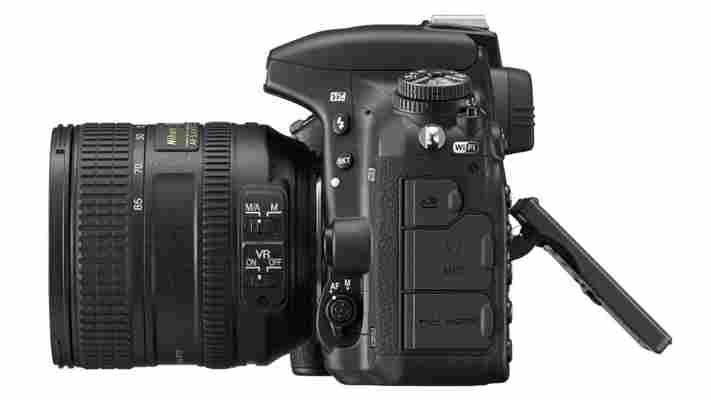
Perhaps the best news for videographers is the articulated screen. This is the first full-frame SLR to include this feature – not counting the Sony A99 as it's not technically an SLR. It'll be stowed away when the viewfinder is in use, but it's great for live view at awkward angles and a massive benefit for video capture. For us, the other video-related features do the groundwork but it's the articulated screen that makes the D750 the only full-frame SLR we'd consider buying if video was a priority.
Nikon D750 review: Design and controls
Apart from the screen, the D750 closely resembles the D610 and D7100. We're pretty relaxed about that, considering that those two cameras' controls are among their best assets. There are dials for exposure mode and drive mode, dual command dials and a passive LCD screen on the top plate. Buttons for white balance, quality, ISO speed, autofocus, metering, exposure bracketing and exposure compensation work in conjunction with the dual command dials to provide tactile access to all the key settings – often without having to take the camera away from the eye. Some people may berate the lack of an AF On button, which separates autofocus and shutter release to separate buttons. However, either the AE Lock button or the Fn button that falls under the right little finger can be assigned to this task.
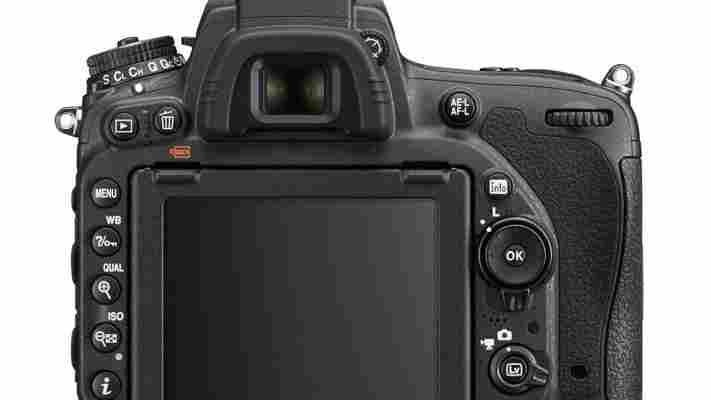
There are dual SDXC slots, which are likely to suit most people better than the D810's SDXC and CompactFlash slots. It lacks the D810's PC sync socket for triggering external flashes, but this is easy to add via a cheap hotshoe adapter. The 1/4,000s maximum shutter speed and 1/200s flash sync speed are in line with the D610 rather than D810, but we wouldn't lose any sleep about that.
Battery life is marginally the longest of the three at 1,230 shots. So too is the top continuous speed, at 6.5fps. It maintained this speed for 41 JPEG or 13 RAW frames in our tests before slowing to 2.3fps and 1.4fps respectively. We'd have liked a slightly larger buffer for more sustained RAW performance – not least because of the sophisticated subject tracking features – but it's a good result.
Wi-Fi is built in for the first time in a Nikon full-frame SLR. It only supports image transfers and not remote viewfinder functions, but it's a welcome addition nonetheless. The iOS and Android apps receive all the thumbnails when the connection is made, which makes subsequent browsing nice and quick.
Nikon D750 review: Image quality
The D750's 24-megapixel sensor has the same specifications as the D610's so we expected to see similar image quality. However, there were a few notable differences. One is that the default JPEG sharpening is stronger on the D750, which makes details pop but arguably isn't as natural looking. This isn't hugely significant, though, as the amount of sharpening can be adjusted in both cameras' Picture Control settings. Shooting RAW bypasses it altogether.
Another difference for JPEG shooters is the addition of a Clarity control among the Picture Control settings. This is similar to the control of the same name in Lightroom, lying somewhere between sharpening and contrast to boost the definition of details and overall sense of contrast, but with less risk of clipping highlights and shadows. We found that it suited some subjects more than others, but it's great to see Nikon pushing the boundaries of what can be achieved in the camera.
The most surprising – and welcome – improvement is a significant drop in noise levels at fast ISO speeds. While the D610's JPEGs exhibited a bit of noise at ISO 1600, the D750's ISO 1600 and 100 output were virtually indistinguishable. Its advantage increased at faster ISO speeds, with superb JPEGs at ISO 6400 where the D610 was becoming quite grainy. The difference was there in the RAW files too, both before and after processing in Lightroom.
The D610 is still an excellent camera for noise levels but the D750 raises the bar. This improvement also lifts it above the competition from Canon and Sony for noise levels.
^ Expert metering and some sophisticated dynamic range processing has done an excellent job of this tricky high-contrast scene – there's plenty of foreground detail and still a hint of blue to the sky. (1/60s, f/4, ISO 100, 24mm) - click here to view the full resolution image
^ The 24-megapixel JPEGs have more than enough detail for most practical purposes. (1/640s, f/6.3, ISO 100, 85mm) - click here to view the full resolution image
^ This shot was taken with the default Picture Control settings... (1/80s, f/5.6, ISO 100, 24mm) - click here to view the full resolution image
^ This is the same shot, reprocessed in-camera from the RAW file with the Clarity control pushed up to maximum. (1/80s, f/5.6, ISO 100, 24mm) - click here to view the full resolution image
^ The full-frame sensor is great for depth-of-field effects, even when shooting with a relatively conservative f/5.6 aperture. The D750's enthusiastic JPEG sharpening really shows on the texture of the bag. (1/500s, f/5.6, ISO 100, 85mm) - click here to view the full resolution image
^ There's barely any evidence of noise at ISO 2,000. (1/100s, f/4.6, ISO 2,000, 85mm) - click here to view the full resolution image
^ And not much at ISO 4,500 either. (1/60s, f/4.2, ISO 4,500, 48mm) - click here to view the full resolution image
^ There's a bit of grain and vagueness to details at ISO 10,000, but this photo looks fine at modest sizes. (1/50s, f/4.2, ISO 10,000, 50mm) - click here to view the full resolution image
Nikon D750 review: Verdict
The D750's superior autofocus, noise performance, video mode and articulated screen make it well worth the extra cost compared to Nikon and Canon's entry-level full-frame SLRs for those who can afford it. It's also a pretty good match for the much pricier Canon EOS 5D Mark III . The D810 will appeal to those who need the extra resolution of its 36-megapixel sensor, but that can't be a lot of people.
Its stiffest competitor is the Sony A99 , which is packed with features and currently costs £1,500. The D750 wins hands down for low noise, though. It's certainly not cheap, but this is the first full-frame camera that costs less than £2,000 and leaves us blissfully free from nagging doubts.
| Hardware | |
|---|---|
| Sensor resolution | 24 megapixels |
| Sensor size | 35.9x24mm (full frame) |
| Focal length multiplier | 1x |
| Optical stabilisation | Available in lenses |
| Viewfinder | Optical TTL |
| Viewfinder magnification (35mm-equivalent), coverage | 0.7x, 100% |
| LCD screen | 3.2in (1,228,800 dots) |
| Articulated | Yes |
| Touchscreen | No |
| Orientation sensor | Yes |
| Photo file formats | JPEG, RAW (NEF) |
| Maximum photo resolution | 6,016x4,016 |
| Photo aspect ratios | 3:2 |
| Video compression format | QuickTime (AVC) at up to 38Mbit/s |
| Video resolutions | 1080p at 24/25/30fps, 720p at 50/60fps |
| Slow motion video modes | N/A |
| Maximum video clip length (at highest quality) | 10m 0s |
| Controls | |
| Exposure modes | Program, shutter priority, aperture priority, manual |
| Shutter speed range | 30 to 1/4,000s |
| ISO speed range | 50 to 51200 |
| Exposure compensation | EV +/-5 |
| White balance | Auto, 11 presets with fine tuning, manual, Kelvin |
| Auto-focus modes | 51-point (15 cross type) |
| Metering modes | Multi, centre-weighted, centre, face detect |
| Flash modes | Auto, forced, suppressed, slow synchro, rear curtain, red-eye reduction, manual |
| Drive modes | Single, continuous, self-timer, AE bracket, WB bracket, HDR, interval |
| Physical | |
| Lens mount | Nikon F |
| Card slot | 2x SDXC |
| Memory supplied | None |
| Battery type | Li-ion |
| Connectivity | USB, mini HDMI, wired remote, microphone, headphone |
| Wireless | Wi-Fi |
| GPS | Optional (GP-1/GP-1A) |
| Hotshoe | Nikon TTL |
| Body material | Magnesium alloy |
| Accessories | USB cable, neck strap |
| Weight | 1,317g |
| Size (HxWxD) | 116x142x156mm |
| Buying information | |
| Warranty | Two years RTB |
| Price including VAT | £1,799 |
| Supplier | www.wexphotographic.com |
| Details | www.nikon.co.uk |
| Part code | VBA420AE |


